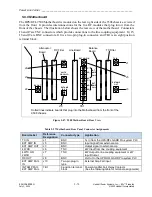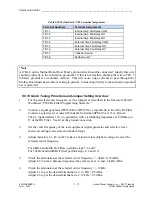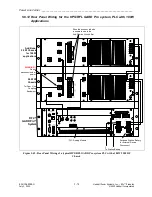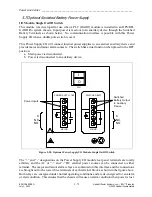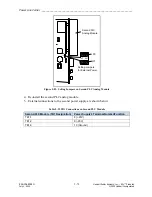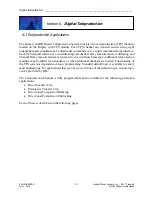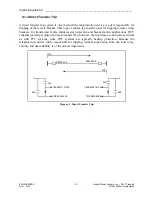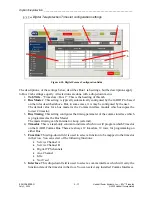
Digital Teleprotection __________________________________________________________________
RF-MCGARDPRO
Hubbell Power Systems, Inc.
–
RFL™
Products
July 1, 2022
©2022 Hubbell Incorporated
6-2
6.1.1 Permissive Transfer Trip
Permissive Transfer Trip schemes provide a high degree of security for transmission line
protection. This high degree of security in a permissive scheme is a result of the requirement that
the teleprotection receiver and the local relay must operate to trip. There are two basic types of
PTT schemes, Permissive Underreaching Transfer Trip (PUTT) and Permissive Overreaching
Transfer Trip (POTT). PTT schemes typically require trip times under 12ms. Security
requirements for PTT schemes can be less stringent since the local breaker must also operate.
However, dependability is stressed since fault clearing will not occur unless the teleprotection
device operates. To improve dependability, unblock timers can be used to allow operation even
during channel losses which are coincident with line faults.
Z2B
Z1B
Z2A
Z1A
Z2A
Z1A
Z2B
Z1B
TRIP BREAKER B
TRIP BREAKER A
TRANSMIT TRIP B TRANSMIT TRIP A
T2A
RXA
T2B
RXB
BREAKER A
BREAKER B
Figure 6-1. Permissive Underreaching Transfer Trip
TRIP BREAKER B
TRIP BREAKER A
TRANSMIT TRIP B
TRANSMIT TRIP A
T2A
RXA
T2B
RXB
Z2B
Z2A
Z2A
Z2B
BREAKER A
BREAKER B
Figure 6-2. Permissive Overreaching Transfer Trip





